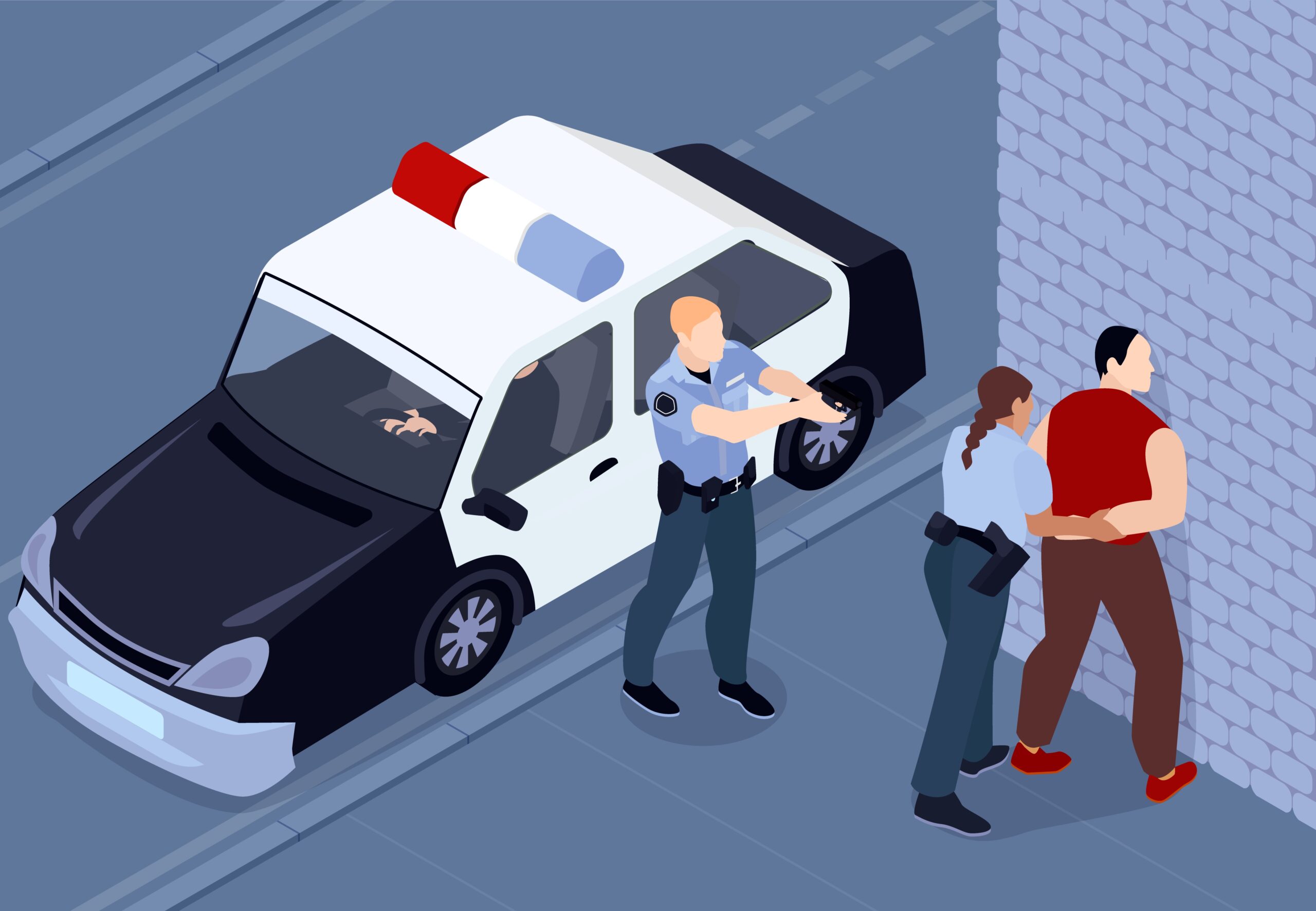
May 1, 2025
The Boost News
Traffic stops are stressful for any driver, but for those with autism spectrum disorder or related conditions there’s the added anxiety of police misinterpreting their behaviors. A growing number of states and localities are implementing ways to ease these interactions, and Westchester County has just added itself to the list with the Blue Envelope Program.
Being credited as the catalyst is Duff Bailey, an advocate and parent of an adult son with autism.
“This initiative is particularly meaningful to our family,” Bailey told The Boost. “We have an adult son with autism who has been driving for 15 years without any accidents or traffic infractions. Nevertheless, we fear that if he were ever involved in an incident, the stress of the situation could overwhelm him, and his behavior might be misinterpreted by law enforcement or others. [This] program provides a vital tool to prevent such misunderstandings, ensuring safer outcomes for everyone involved.”
Blue Envelope, which has caught on across the country, gives each participant an envelope to store their driver’s license, registration and insurance card. Participating police departments will be training officers to see and understand what the blue envelope signifies, and what to do when it’s handed to them. The envelope itself contains the information that aims to facilitate calm and effective interactions.
The envelopes can be gotten at participating police departments, or through the Westchester County Department of Public Safety, according to Bailey.
In January of this year, the New York State Sheriffs’ Association announced statewide implementation of the Blue Envelope program. The Westchester County training reinforces and ensures participation of local police.
Nearly half of all autistic individuals haves had an interaction with police, according to the 2024 Global Criminal Justice Survey. In a 2021 study in the U.S., up to 60% of autistic individuals reported living in fear of police contact, and autistic interactions with police are often described as “negative.”